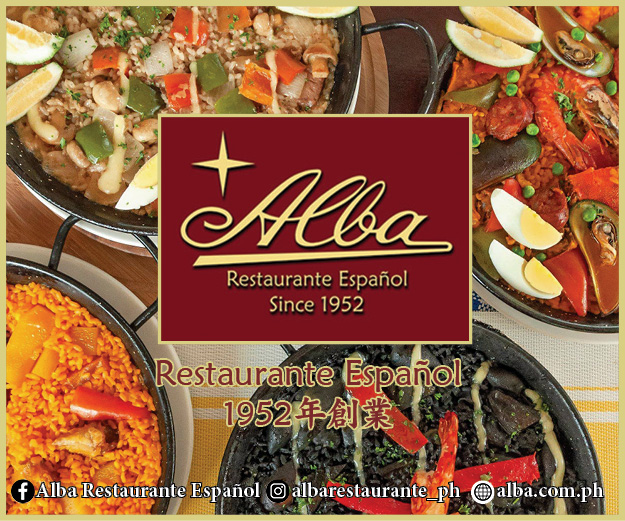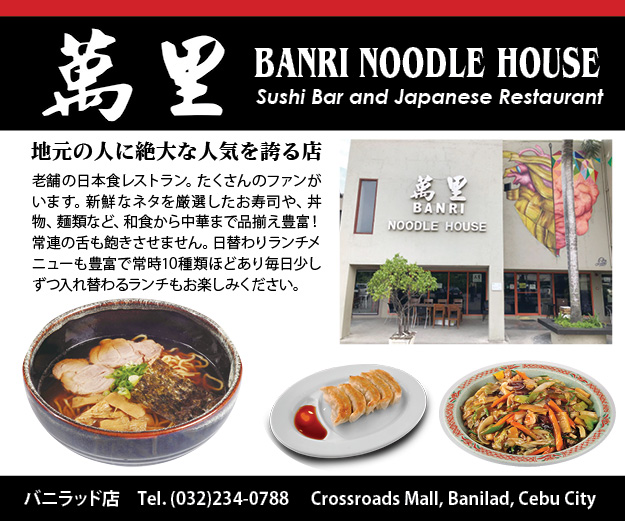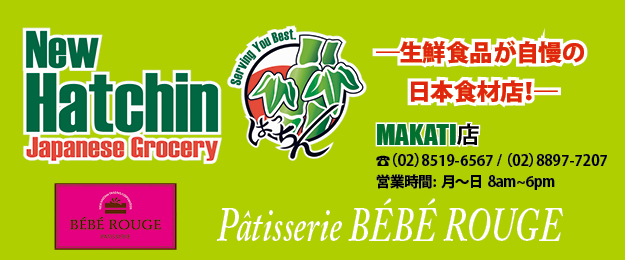マニラ+ランチ=マニランチ。すなわち、マニラの昼食が今回の話題です。いろいろな人のランチをテーマにした日本の某人気テレビ番組をヒントに、マニラに住む人のランチに注目してみました。フィリピン人にとっても、日本人にとってもランチは1日の大きな楽しみの一つ。愛情のこもった弁当。ローカル食堂でご飯におかず。日本料理店で定食。軽くサンドイッチ。ちょっとおしゃれにイタリアンでパスタ。午後のパワーチャージにガッツリとんかつ。さぁ、今日のランチは何にしましょうか?
Lunchtime is a happy moment of a day. People think about what to eat for lunch when a clock ticks at 11:45am. Going to a local carinderia? Japanese set menu? Sandwiches? Pasta? Energy charge with Tonkatsu? This issue Navi Manila spotlights lunch. What would you like for lunch today?
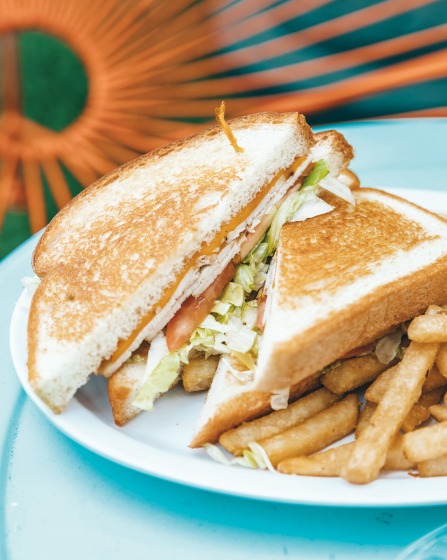
フィリピンのランチ 主役はカレンデリア
ランチタイムに多くのフィリピン人でにぎわうところといえば、カレンデリア(Carinderia,Karinderya)である。食堂の店頭に並ぶフィリピン料理を指さして選ぶことからタガログ語で「指さす」という意味のトゥロトゥロ(Turo-Turo)とも呼ばれる。店内で食べることも、持ち帰りもOK。肉類は約65ペソ、野菜約35ペソ、ライス10~15ペソと手ごろな値段で、スープ(多くの場合はシニガンスープ)が無料でもらえることもある。ランチタイムをメインに営業し、夕方には閉店するカレンデリアも多い。
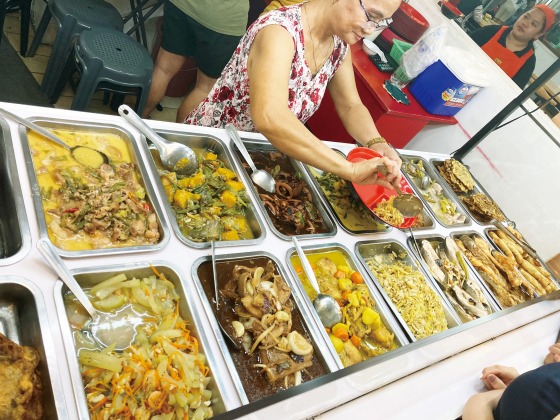
16種類のメニューが並ぶマカティ・セントラル・スクエアのカレンデリア。ランチタイムはカレンデリアが一番忙しい時だ。
カレンデリアの歴史は古く、英国によるフィリピン占領期(1762~64年)、フィリピン人女性と結婚したインド人の傭兵が、アンティポロ教会への巡礼ルートでカレー味の料理を提供したのが発祥という説がある。カレンデリアの綴りCariは、元々タガログ語のKari、すなわちカレーを意味するという。
ライスがなくちゃランチじゃない
現在、カレンデリアの定番メニューの一つとなっているのは、アドボ。ポークやシーフードのバージョンもあるが、一番ポピュラーなのはチキン・アドボであろう。酢、醤油、コショウ、ニンニクが効いた煮汁が染み込んだご飯もおいしい。そして、フィリピン人にとって、何よりもランチに欠かせないのはやはりライス。サンドイッチやパスタはあくまでメリエンダであり、ご飯じゃないとパワーが出ないと言うNo Rice No Lifeなフィリピン人は多い。
2023年から24年にかけてのフィリピンの米の年間消費量は1人当たり144.8kg(米国農務省のデータより算出)。ちなみに日本の1人当たりの年間消費量は50.8kg(2020年 農林水産省)となっている。おかずを少なく、なるべく安く済ませて、ご飯でお腹をいっぱいにするのがフィリピン流の食事と言われるが、この数字を見ると説得力がある。ただランチに限らず、フィリピンの食事にはもう少し野菜があった方がいいと思うのだが……。

Philippines’ Lunchtime Hot Spot Carinderia
During lunchtime, people flock to a carinderia aka Turo-Turo on every corner in Manila. A wide variety of dishes at affordable prices satisfy diners’ taste buds. A meat dish is around 65 pesos, vegetable is 35 pesos, rice is 10 – 15 pesos and there is complimentary sinigang soup.
The origin of carinderia dates back to the British occupation of Manila (1762 – 1764). It is believed that British Sepoys married Filipino women and settled in towns along the pilgrimage route to Antipolo Church, serving curry flavored dishes for travelers. The word carinderia was originally “kari”, which means “curry” in Tagalog.
Rice is a Must for Lunch
One of the most popular menus in carinderia is adobo, especially chicken adobo. Apart from chicken, rice flavored with savory adobo sauce made from vinegar, soy sauce, pepper and garlic stimulates our appetite. Needless to say, rice is a staple food in the Philippines and essential to Filipino lunch. Rice consumption of the Philippines is estimated at 144.8 kg per capita (2023-24) while it is 50.8kg in Japan. Having fewer side dishes and more rice is probably the most effective and financially friendly way to fill up your stomach, however, it would be even nicer if there are some more vegetables in Filipino dishes.












